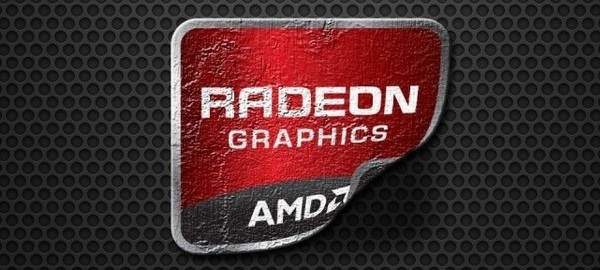We are pretty sure that a lot of gamers were impressed – graphically – with what DICE has showcased yesterday. Even though we knew that Battlefield 4 ran on the PC, we did not have any information about the specifications behind the PC system that was used. Thankfully, AMD has unveiled that its upcoming dual-GPU card, HD 7990, codenamed ‘Malta’ was used to demonstrate Battlefield 4.
As AMD stated:
“AMD and EA DICE are proud partners in gaming, with a recent history that includes the award-winning Battlefield 3 in 2011. That relationship continues today with the world’s first public demonstration of Battlefield 4, powered by the AMD Radeon HD 7990—the world’s fastest graphics card! Today’s unveiling not only demonstrates the commitment EA DICE makes to state-of-the-art PC graphics, it stands as further proof that the critically-acclaimed Graphics Core Next architecture in the AMD Radeon HD 7000 Series is the best choice for truly advanced PC games.”
AMD has showcased the HD 7990 during this year’s GDC.
“This is only a preview series today, so I’m going to have to hold back some of the details for you guys, but this is not only the world’s fastest graphics card, this thing is whisper quiet with these three fans over here. This thing delivers massive performance and this is really the gamer’s dream card.”
It will be interesting to see whether developers will abandon Nvidia in favor of AMD (let’s not forget that PS4 is powered by AMD and the next-Xbox is rumored to be also using a GPU from the red team), and whether the green team will be in trouble in the long run.

John is the founder and Editor in Chief at DSOGaming. He is a PC gaming fan and highly supports the modding and indie communities. Before creating DSOGaming, John worked on numerous gaming websites. While he is a die-hard PC gamer, his gaming roots can be found on consoles. John loved – and still does – the 16-bit consoles, and considers SNES to be one of the best consoles. Still, the PC platform won him over consoles. That was mainly due to 3DFX and its iconic dedicated 3D accelerator graphics card, Voodoo 2. John has also written a higher degree thesis on the “The Evolution of PC graphics cards.”
Contact: Email

